Imaging Projects
In this blog, I will share the results of all of my imaging projects. The newest will be at the top and the oldest will be further down the stack. Going back in time here is interesting - some of my early stuff was pretty rough - but I did not see it that way at the time - I was thrilled to get anything back that looked like an image! Hopefully, you will see how my work has progressed with time!
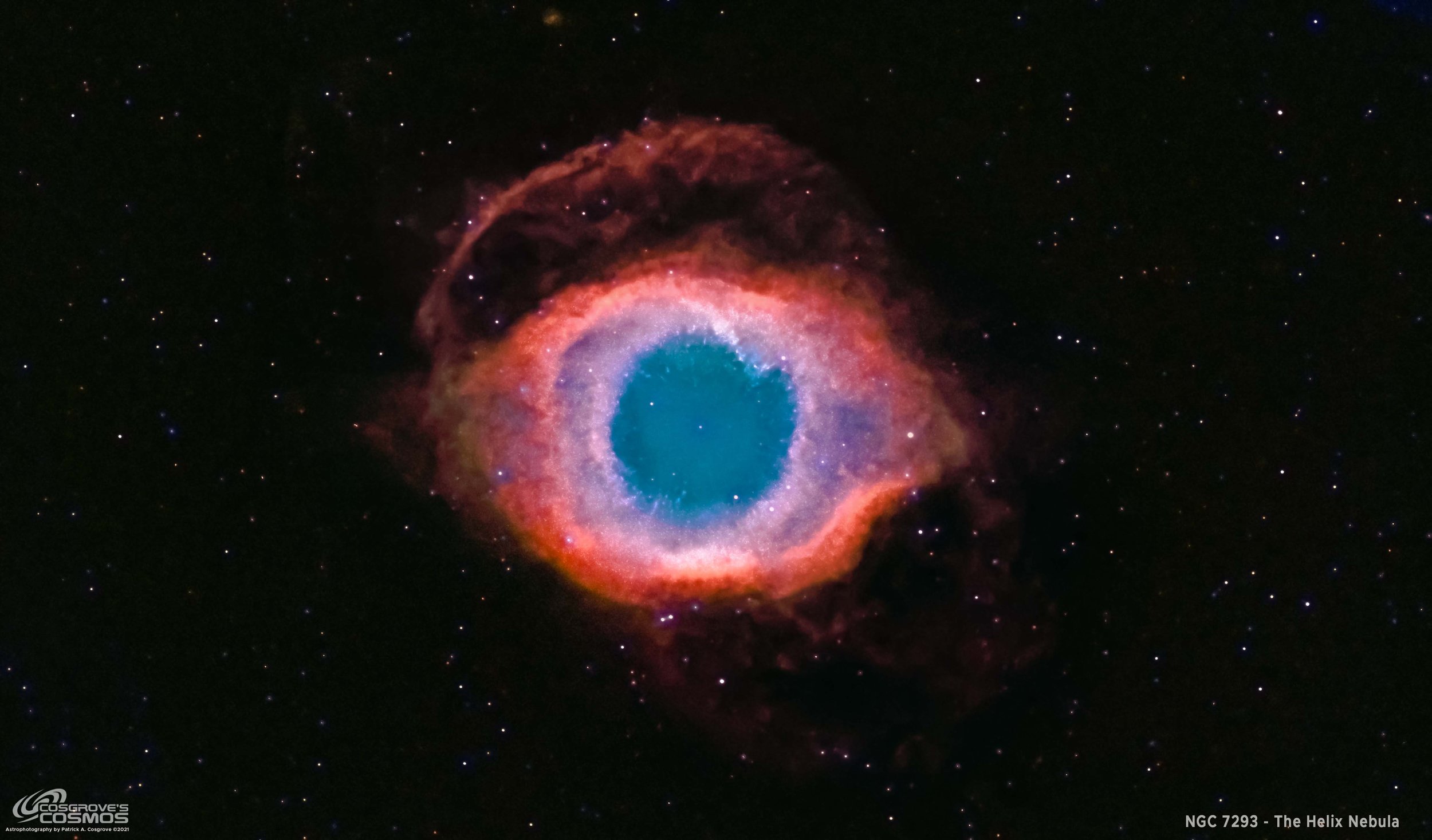
NGC 7293, The Helix Nebula ~4.5 hours of LHaRGB: Dealing with “Bad Data”
This was my second attempt to capture NGC 7293 - the Helix Nebula - located in the constellation of Aquarius. This time I had high expectations as I was using longer integration times, a longer focal length scope, and a new generation ASI2600MMPro camera. However - LOTS of things went wrong with this capture and its data came out pretty compromised! Some intense image processing minimized the impact of these problems - but the final image falls far short of my expectations. A good example of what can go wrong!
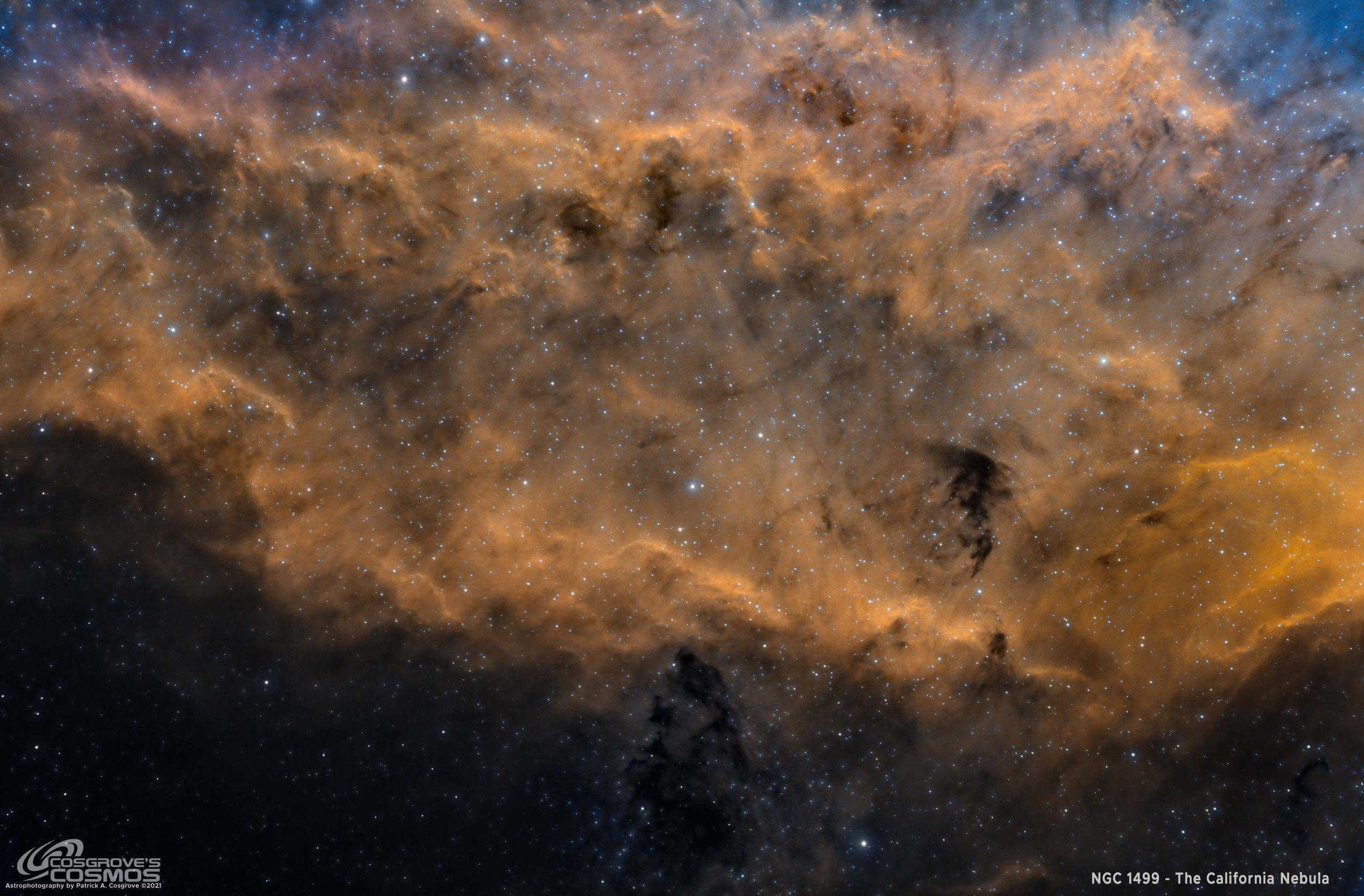
NGC 1499: A Narrow Field Shot of the - California Nebula - in SHO - 10 Hours
A narrow field view of NGC 1499, The California Nebula, which is a rich H2 region located 1,00 light-years away in the constellation of Perseus. This was shot in narrowband with total integration of 10 hours.
This was shot with the AP130 platform using the ZWO ASI2600MM-Pro Camera.
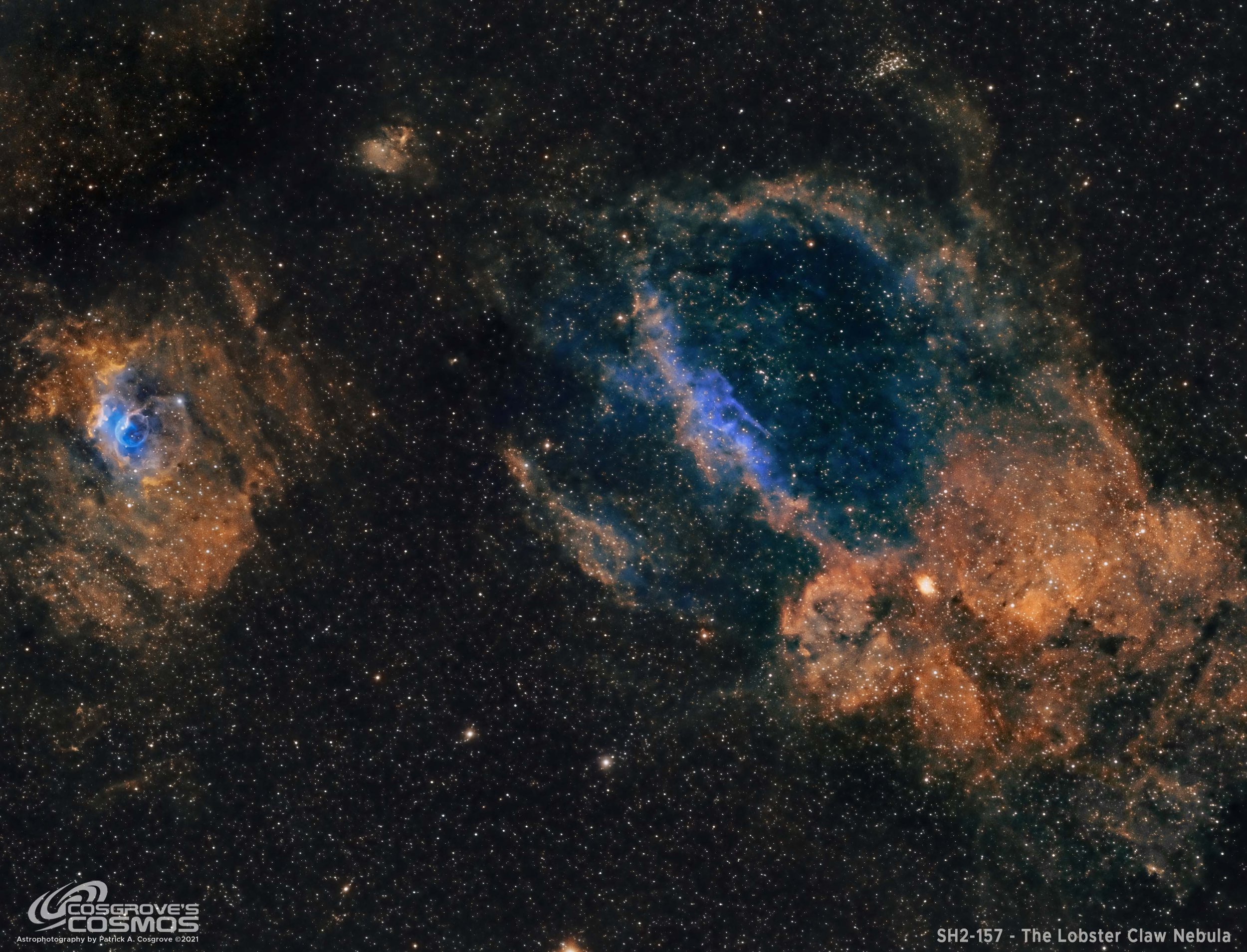
SH2-157 The Lobster Claw Nebula - with NGC 7635 (The Bubble Nebula) in SHO - 4.25 hours.
SH@-157, The Lobster Claw Nebula, is located 11,000 light-years away in the constellation of Cassiopeia. A faint object, this was captured on the night of November 8th when I hoped to have two more nights of clear weather. That did not happen and this image was created with only 4.25 hours of data. I hope to revisit this object, collect more hours and do it justice. This was shot on my wide-field FRA400 rig and is rendered in the Hubble SHO palette.
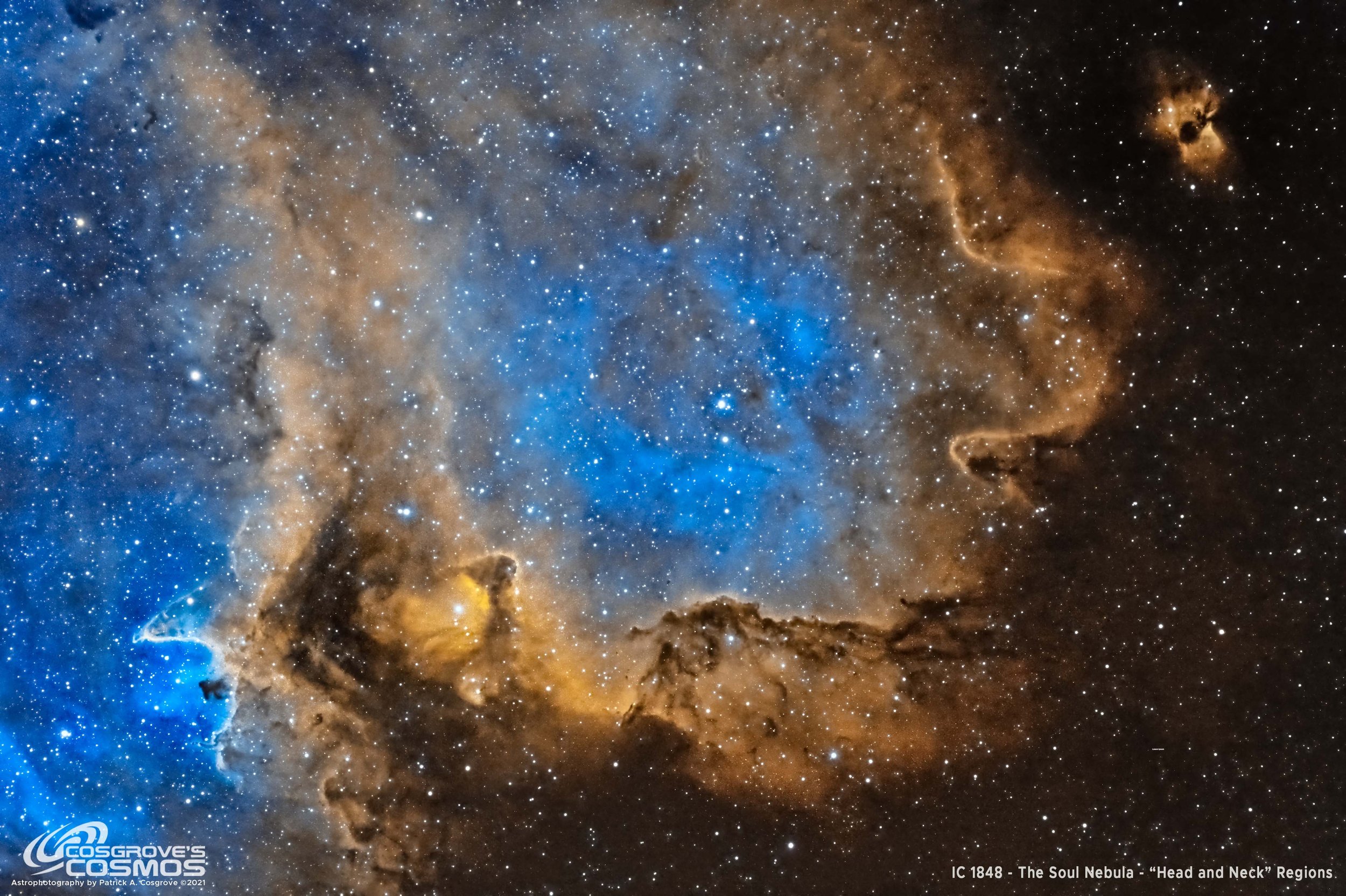
IC 1848 - The Soul Nebula - Only 2 Hours of NB Data from an Abandoned Project
IC1848, known as the Soul Nebula, is located ~6500 light-years away in the constellation Cassiopeia. This is image was from an aborted project. I only captured 2 hours of NB data when the weather turned and I lost my shooting window. I had so little data I abandoned the project and did not even capture cal data for it! But I decided to use the data to test out a newly built image processing computer and was surprised the image tuned out better than I have imagined (at least it was not horrible!)
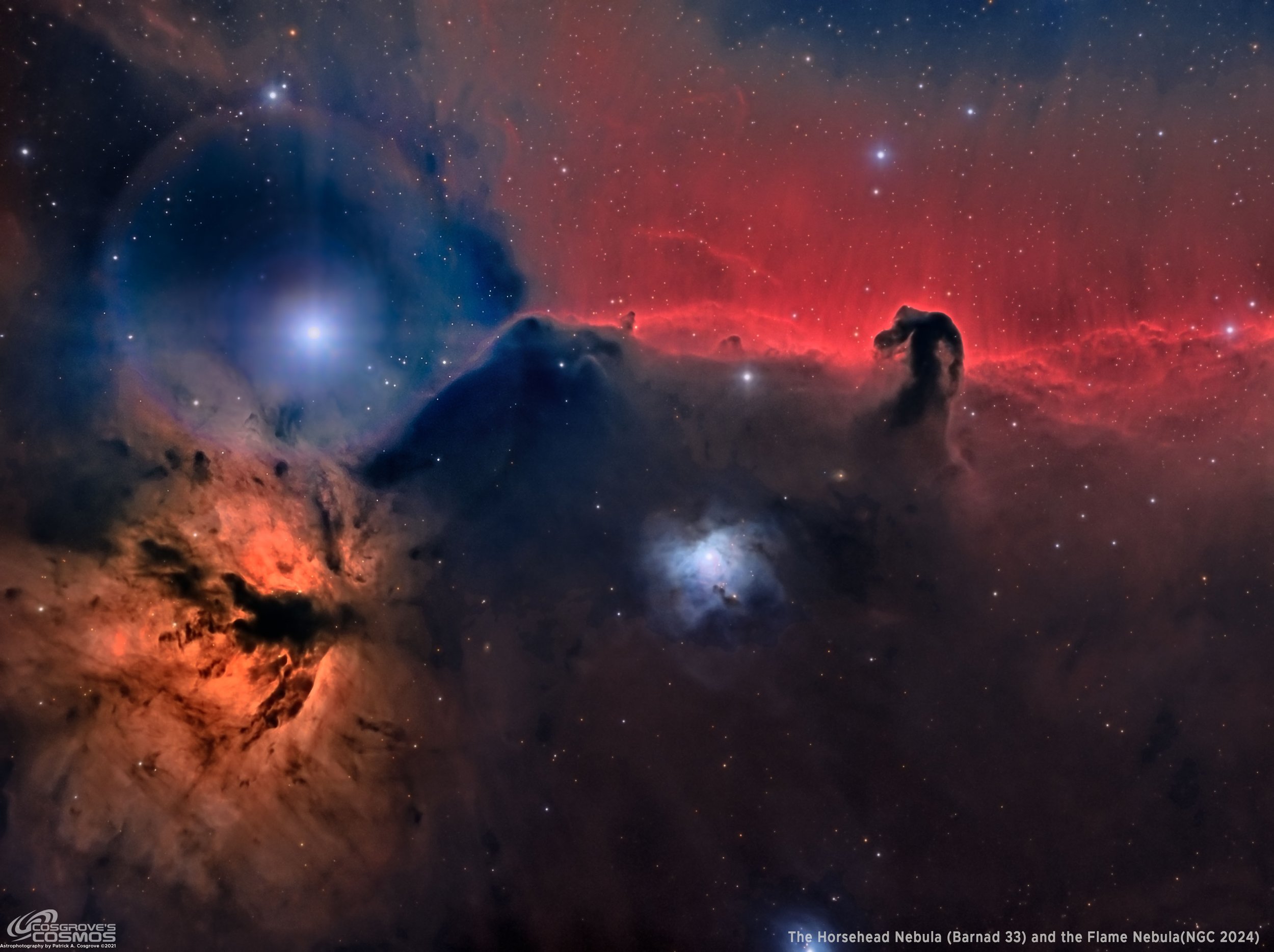
B33: The Horsehead and The Flame Nebula (NGC 2024) in LHaRGB - A “Failed” Image
The Horsehead Nebula is a small dark nebula located just to the south of the bright star Alnitak - the left-most star on Orions Belt. It is located some 1300 light-year from the earth. On the other side of Alnitak is the Flame Nebula.
This is my second attempt on this target - but I would have to classify it as a “Failed” image. The ASI1600MM-Pro camera does not work well with bright stars in the field and this image has halos and microlensing artifacts that are very difficult to process out and I am not satisfied with my results here. But even a “Failed” image offers some learning opportunities, so I share it in that spirit!

IC 63 - “The Ghost of Cassiopeia” in LHaRGB, ~10 hours
Located in 550 light-years wat in the constellation of Cassiopeia, IC 63 is known as the Ghost of Cassiopeia. This HII region is blasted by the Bright Star Gamma Cassiopeia which is located only 4 light-years from the nebula.
This is mage is the result of almost 10 hours of integration - unfortunately - the data had several significant issues that made processing very difficult. While the final image is far from perfect, it was clearly a case of making a silk purse from sow’s ear!
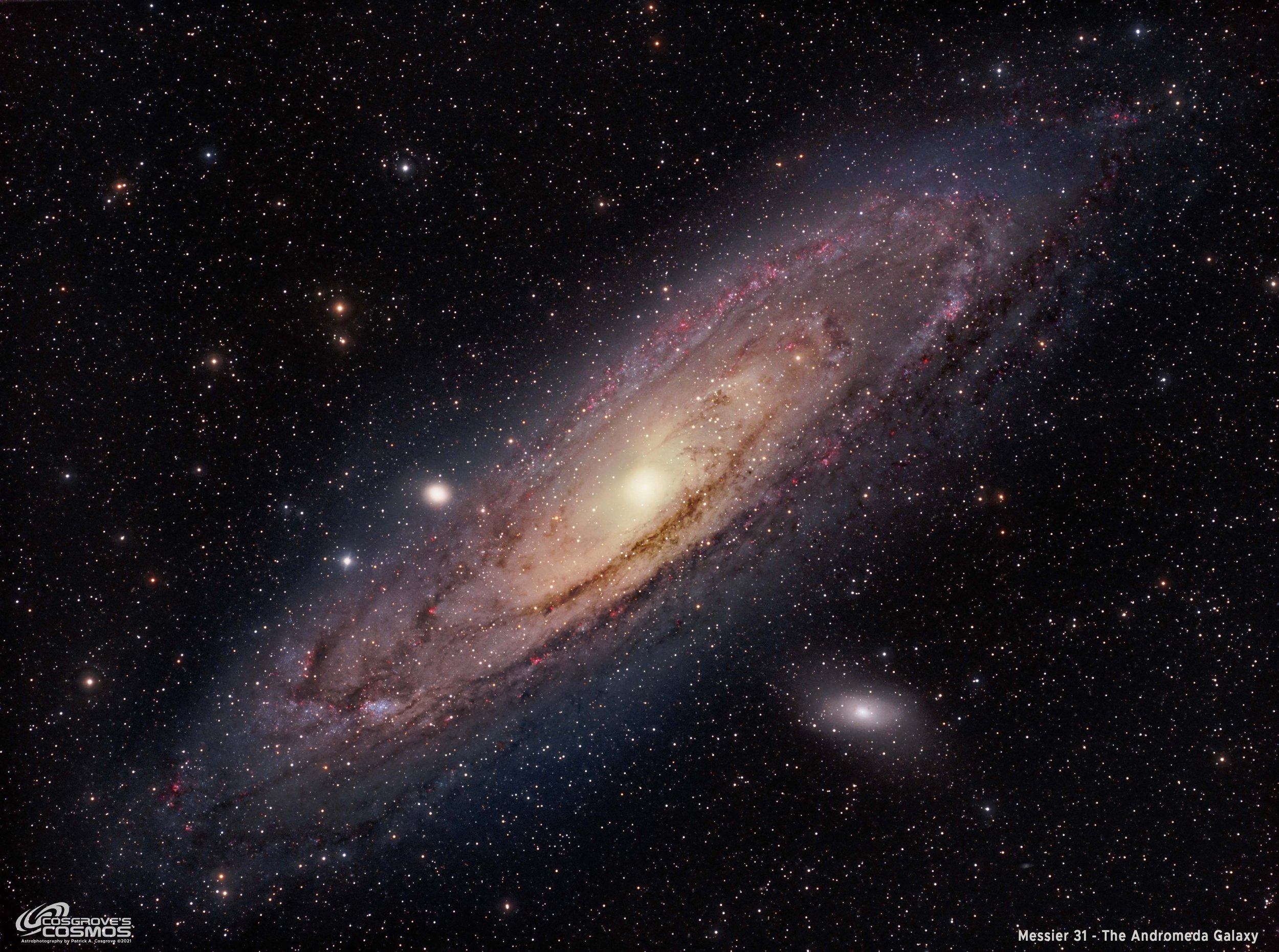
Messier 31 - The Andromeda Galaxy in LHaRGB - 6 hours
This is my third attempt at M31. This time with a widefield system that can fit the entire galaxy into the field of view., and a mono camera that allowed me to collect Ha as well as LRGB data. A total of 6 hours of data integration.
Messier 31 is also known as NGC 224 and the Andromeda Galaxy, or as the Andromeda Nebula before we knew what galaxies were. It can be seen by the naked eye in the constellation Andromeda (how appropriate!) and is our closest galactic neighbor located 2.5 Million light-years away. It is estimated that it contains about one trillion stars - twice that of our own Milky Way.
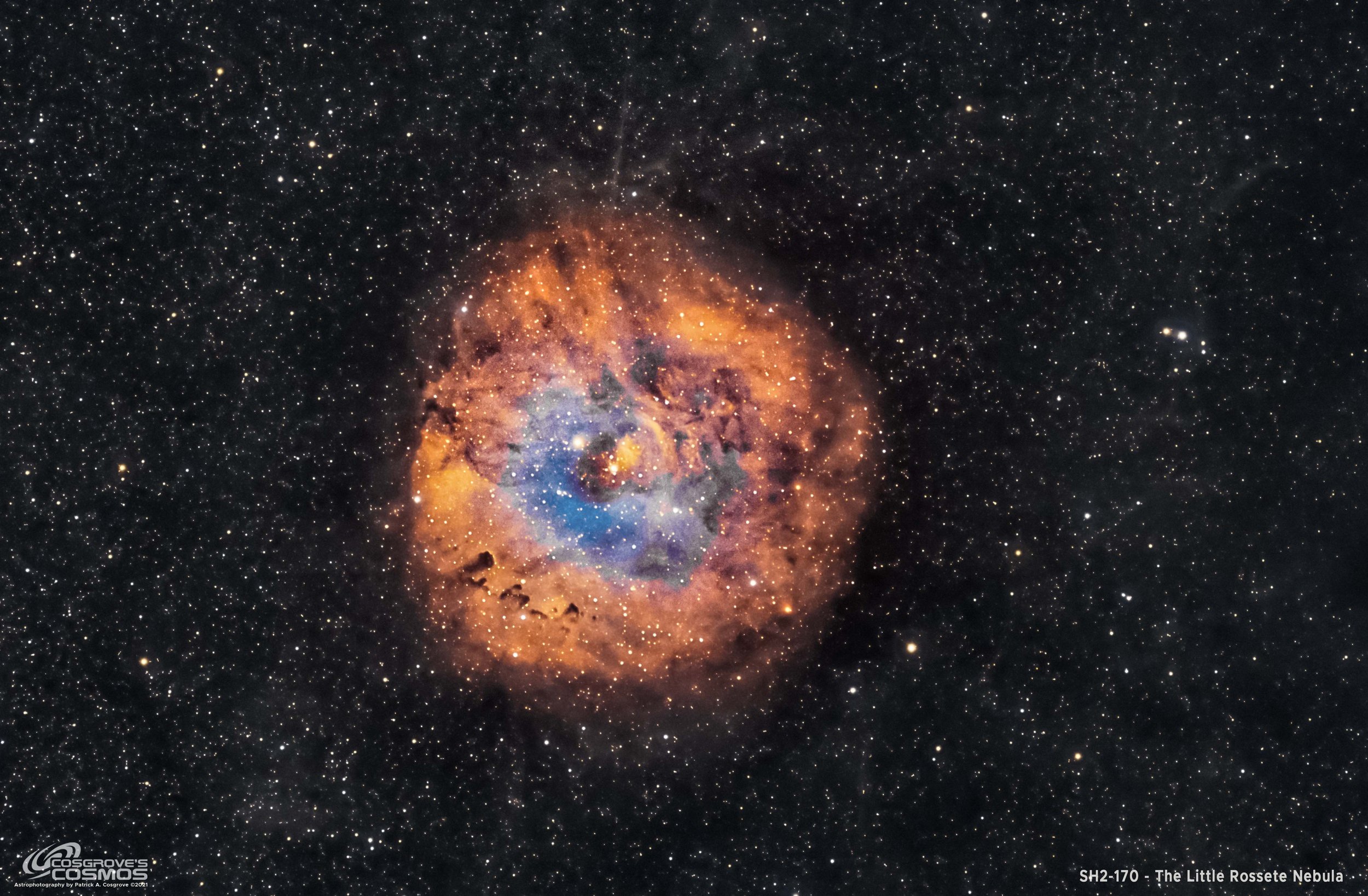
SH2-170, The “Little Rosette” Nebula in SHO - 7 hours.
SH2-170, also known as the “Little Rosette Nebula,” is a rich H2 region located 7500 light-years away in the constellation of Cassiopeia. This was shot in narrowband with total integration of 7 hours.
This was shot with the AP130 platform using the ZWO ASI2600MM-Pro Camera.
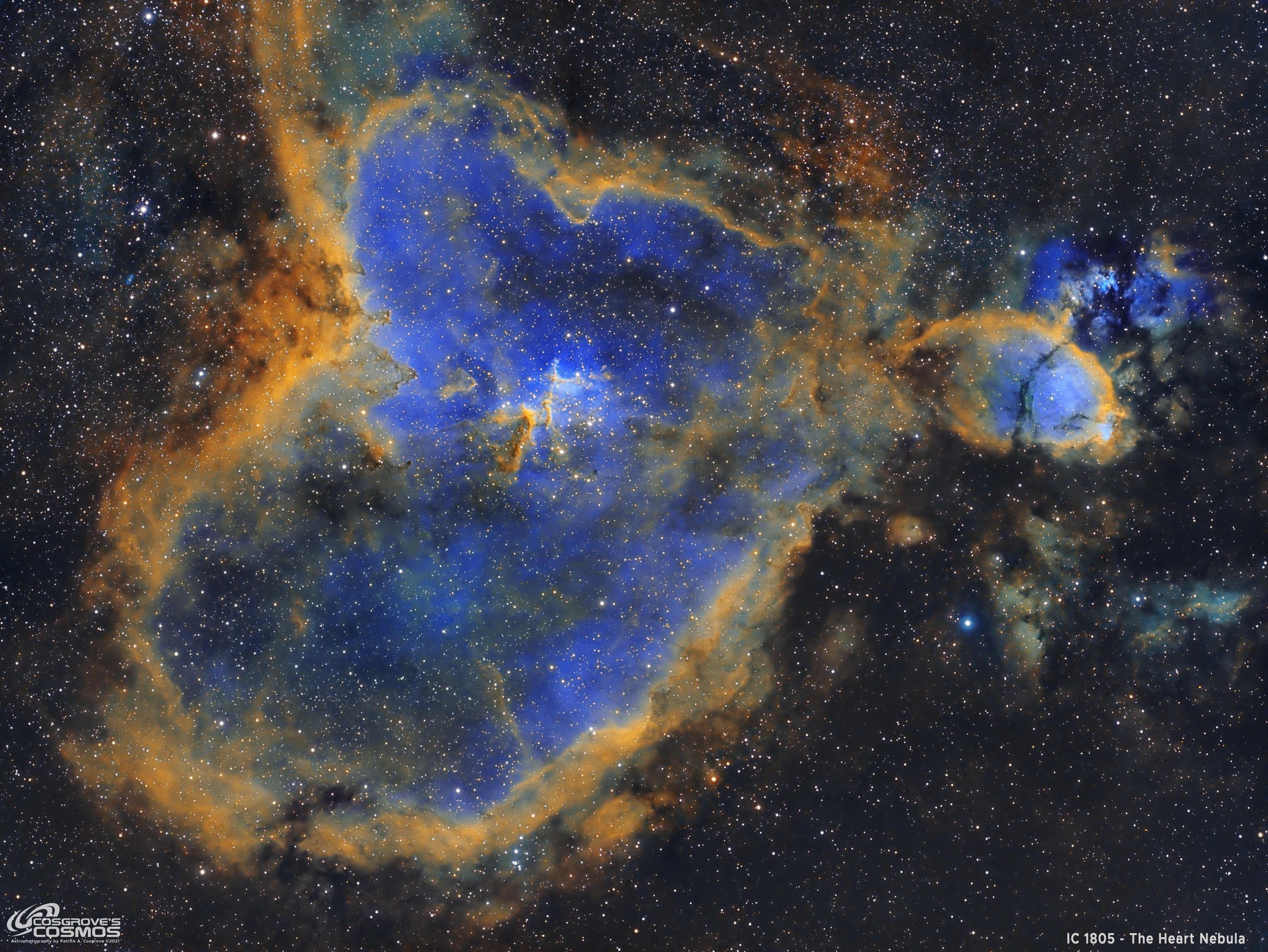
IC 1805 - The Heart Nebula in SHO - 11.5 Hours
IC 1805 is also known as SH2-190 and more commonly as the Heart Nebula. It is located 7500 light-years away in the constellation of Cassiopeia. First discovered by William Herschel in 1787, the Heart Nebula is a region of glowing gas and dark dust lane.
This is a result of a 11.5 hour exposure on my widefield shot taken on my portable FRA400 camera platform - processed using the Hubble SHO palette.
